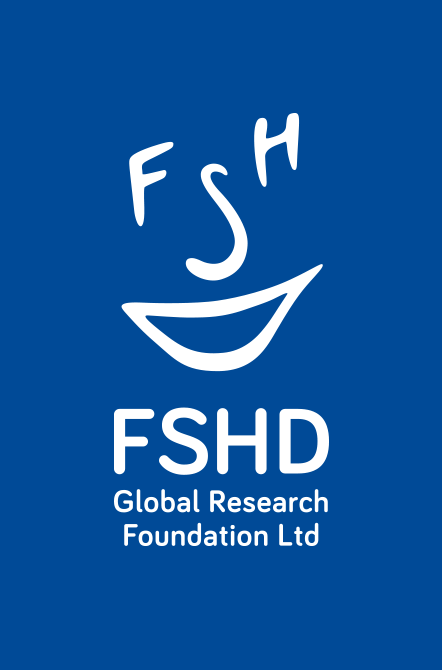GRANT 7
Research Institution: Fondazione Centro San Raffaele del Monte Tabor
Principle Investigator: Dr Davide Gabelini & Prof John Mattick
Type: Collaboration
Project title: “Molecular Genetic Basis of Facio Scapulo Humeral Dystrophy”
Status: Completed
Summary
Facioscapulohumeral muscular dystrophy (FSHD) is a genetic disorder involving slowly progressive muscle degeneration in which the muscles of the face, shoulder blades and upper arms are among the most severely affected.
In the majority of genetic disorders, the disease is caused by the absence of a protein due to the fact that the information required for the production of that protein has been lost as a result of gene mutation. On the contrary, FSHD results form excessive protein production. FSHD is associated with reduction in the number of copies of DNA on chromosome 4, called D4Z4, that is repeated may times toward the end of the long arm of chromosome 4 in position 4q35. D4Z4 units are arranged like the carriages of a train. In healthy subjects, there are many D4Z4 units, the “HEALTHY train” goes slowly and protein production from the FSHD region is kept under control. In FSHD patients, there are too few D4Z4 units, the “FSHD train” goes too fast and protein production from the FSHD region goes out of control. In particular, excessive production of two proteins located in the FSHD region (called DUX4 and FRG1) seems to play a role in FSHD onset and progression. Interestingly, others and we generated various animal models supporting an important role for FRG1 in FSHD. Indeed, increased production of FRG1 in mice, frogs and worms recapitulates the most prominent features of FSHD (Nature 2006 439:973-7; Dev Dyn. 2009 2381502-12; Dis Model Mech 2009 2:267-74; J Cell Sci 2010 123:1116-23).
We have been interested in understanding what causes the switch toward excessive DUX4 and FRG1 protein production in FSHD. Indeed, we firmly believe that if we understand how protein production from the FSHD region is regulated we could find ways to bring it back to normal levels in FSHD patients.




